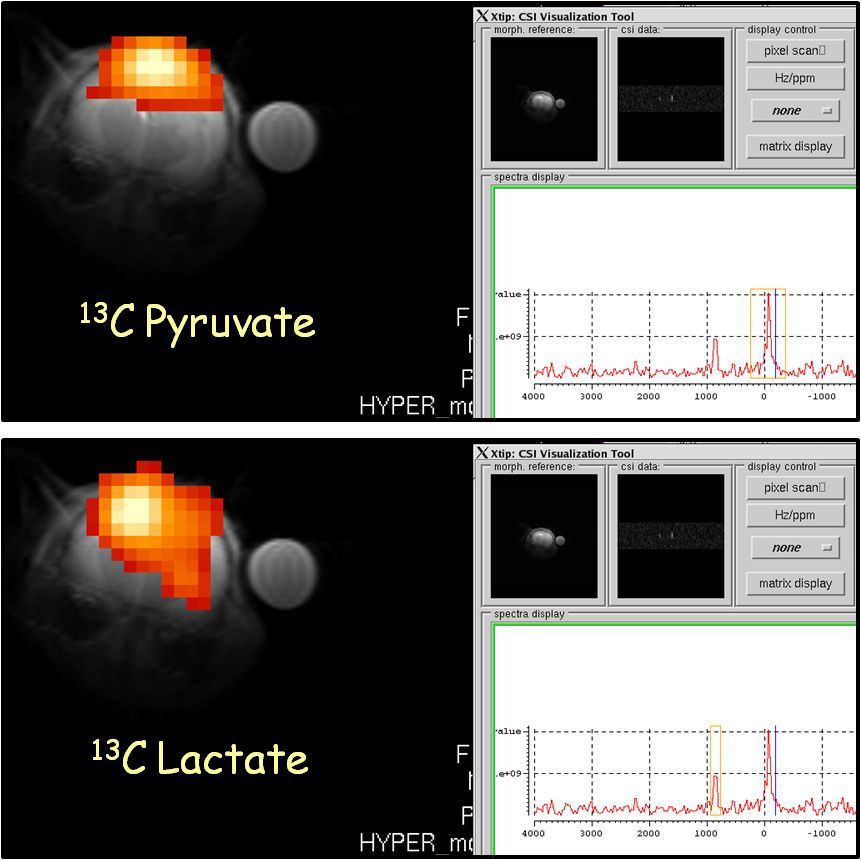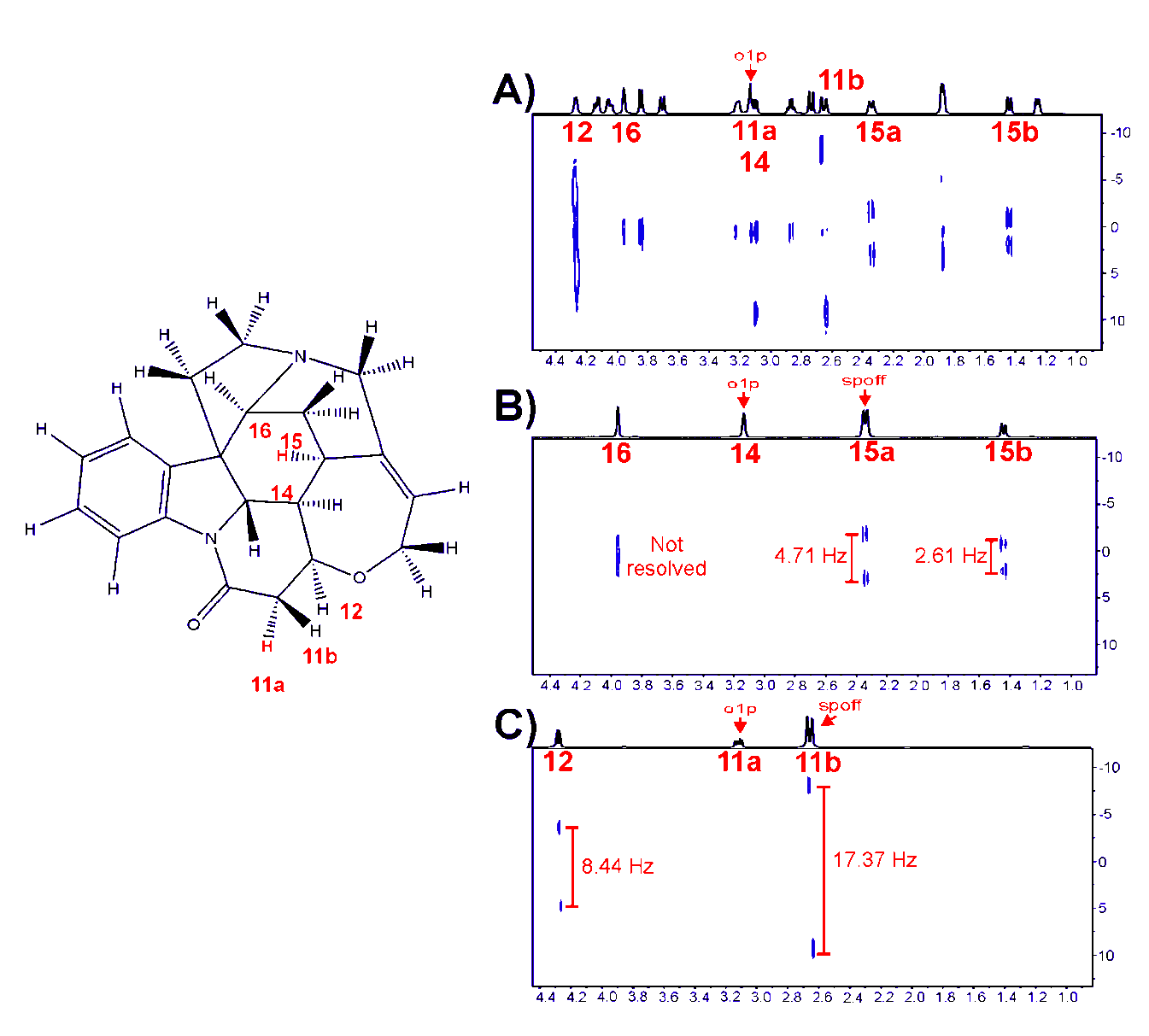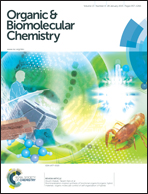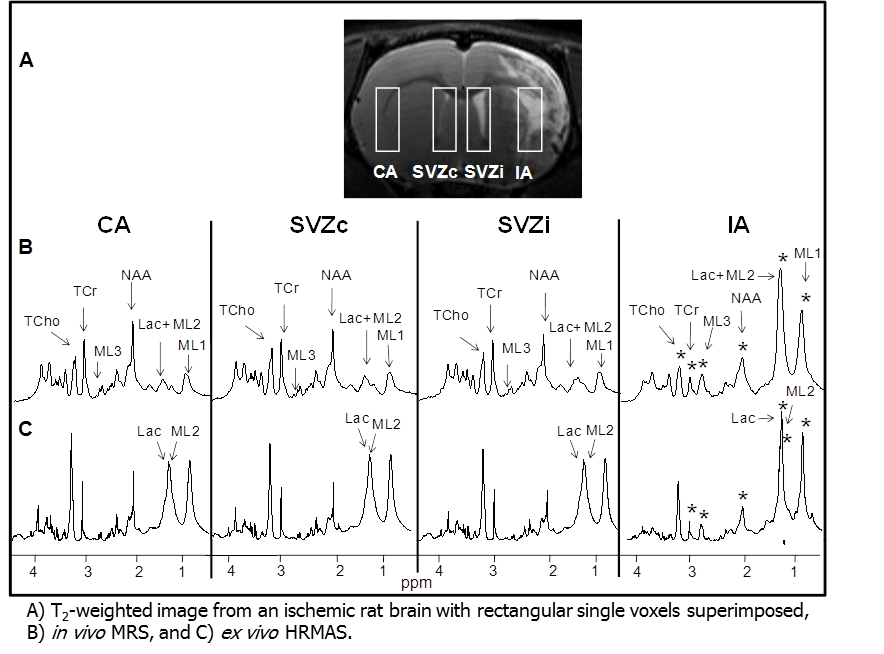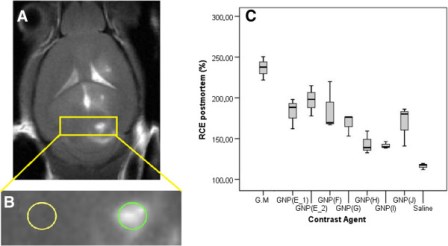Dynamic Nuclear Polarization is the method for obtaining strongly polarised nuclear spins, resulting in enhanced NMR signals for 13C and 15N nuclei in solution-state
Our NMR facility (SeRMN) has recently installed a HyperSense® (Oxford Instruments), a new instrument capable of delivering a huge sensitivity enhancement for your in-vitro and in-vivo applications allowing an easy and quick switching between both applications.
Liquid-state NMR spectroscopy is an important technique into a wide range of applications. However, it is limited by an intrinsically lack of sensitivity due to the low gyromagnetic ratio and natural abundance of the nuclei usually under study (13C, 15N, etc.) as compared with other analytical methods. This drawback has triggered the investigation of several proposed methods for enhancing nuclear polarization (difference of number of spins aligned parallel or anti-parallel to the external magnetic field). Dynamic Nuclear Polarization (DNP) is one of these novel hyperpolarisation methods.
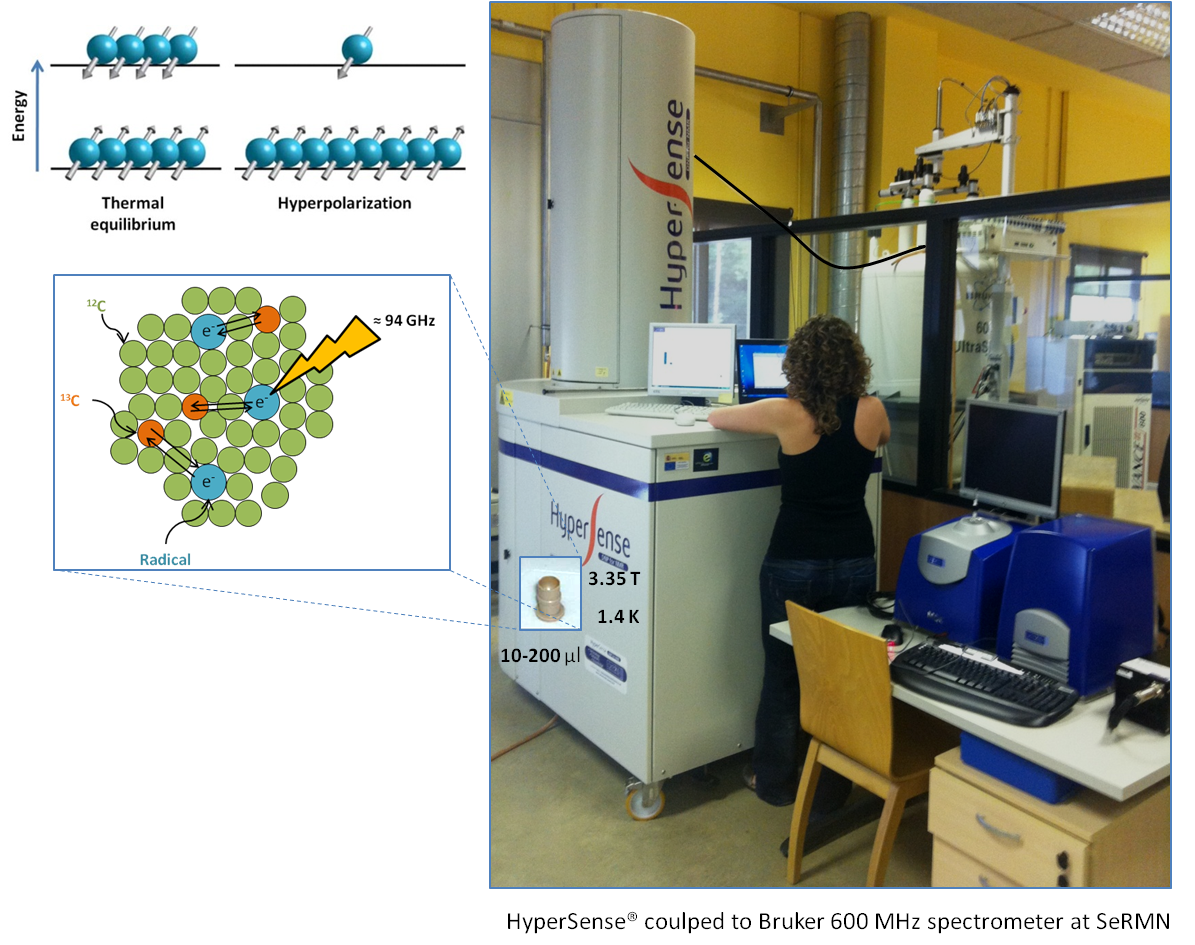 The technique is based on cooling down (≈ 1.4 K) the sample into a strong magnetic field (3.35 T), in presence of a trityl radical (OX63, Finland typically 15 mM) and a glassing agent (DMSO/H2O, glycerol, etc.). Under such conditions, the unpaired electrons on the radical become hyperpolarized. This strong polarization can be transferred to nearby atomic nuclei using microwave irradiation at appropriate frequency (≈ 94 GHz). The hyperpolarized sample is dissolved in a hot solvent (usually H2O or MeOH) and quickly transferred into a conventional NMR spectrometer; enhanced signals can be observed in resulting NMR spectra.
The technique is based on cooling down (≈ 1.4 K) the sample into a strong magnetic field (3.35 T), in presence of a trityl radical (OX63, Finland typically 15 mM) and a glassing agent (DMSO/H2O, glycerol, etc.). Under such conditions, the unpaired electrons on the radical become hyperpolarized. This strong polarization can be transferred to nearby atomic nuclei using microwave irradiation at appropriate frequency (≈ 94 GHz). The hyperpolarized sample is dissolved in a hot solvent (usually H2O or MeOH) and quickly transferred into a conventional NMR spectrometer; enhanced signals can be observed in resulting NMR spectra.
HyperSense® can work directly coupled to our Bruker 600 MHz spectrometer for your in-vitro applications like:
- Single scan direct detection of low sensible nuclei in solution (13C, 15N, 29Si) using µg of sample
- Ultrafast 2D single scan experiments
- Structural elucidation
- Impurity detection
- Kinetic studies
- Detection of biological relevant molecules in complex mixtures
Moreover, in-vivo studies can be carried out when the HyperSense® and our 7T Bruker Biospec small animal scanner work together. Some in-vivo applications could be:
- Investigate in-vivo metabolic pathways
- Biological markers identification
The SeRMN is the only NMR facility in Spain offering you the possibility of performing combined in-vivo DNP MRI experiments to the date.
The purchase of this equipment has been funded by the Biomedical Research Networking center in Bioengineering, Biomaterials and Nanomedicine (CIBER-BBN), the UAB Campus of International Excellence and the European Regional Development Fund (ERDF – A way of making Europe).
References:
Ardenkjær-Larsen, J. H.; Fridlund, B.; Gram, A.; Hansson, G.; Hansson, L.; Lerche, M. H.; Servin, R.; Thaning, M.; Golman, K. Increase in signal-to-noise ratio of > 10,000 times in liquid-state NMR. Proceedings of the National Academy of Sciences 2003, 100, 10158-10163. DOI: 10.1073/pnas.1733835100
Golman, K.; Ardenkjær-Larsen, J. H.; Petersson, J. S.; Månsson, S.; Leunbach, I. Molecular imaging with endogenous substances. Proceedings of the National Academy of Sciences of the United States of America 2003, 100, 10435-10439. DOI: 10.1073/pnas.1733836100


